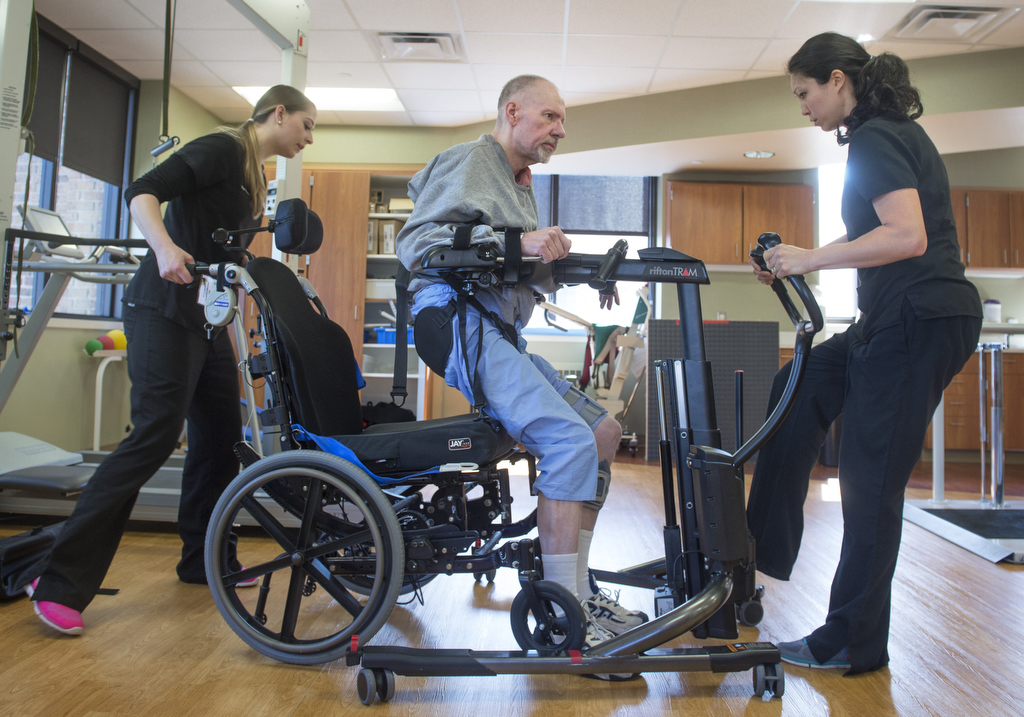Learn About Post-Stroke Rehabilitation

Stroke is defined as the sudden death of brain cells due to reduced oxygen and nutrient supply to the brain. Reduced blood flow to the brain tissue can occur from either a blockage such as a blood clot or hemorrhage due to a tear in a vessel supplying the tissue. Depending on the part of the brain affected, the symptoms of stroke can differ from person to person. NIb3 can offer the best-personalized rehabilitation programs to help reduce symptoms and improve quality of life.
Vision Impairment
Vision loss/impairment can occur after a stroke in various ways if the visual cortex in the occipital region of the brain is affected. For example, one can experience vision loss in one half of the visual field in each eye (homonymous hemianopia) or vision loss can occur in one quadrant of the upper or lower visual field (quadrantanopia). There can also be damage to the movement of the eyes if the cranial nerves controlling the eye muscles are affected, which will, in turn, affect vision. It is essential to assess and address one’s eye movement and the specific lesion in the cortex for stroke rehabilitation to be effective.
Paralysis or Motor Impairment
Movement in the brain is controlled by the opposite hemisphere of the cortex and coordinated by the cerebellum. For example, if a lesion occurs in the left hemisphere of the brain, the right side of the body can experience weakness or paralysis in the limbs. Damage to the cerebellum can result in issues with coordinating movement leading to gait abnormalities, speech changes, and issues with eye movements (a disorder called ataxia). NIb3, a Toronto based renowned rehab institute will assess your individual brain and nervous system’s functioning and suggest a specific and personalized rehabilitation plan to improve your motor functioning.
Speech Impairment (Aphasia)
After a stroke, a person may experience issues with speech. There are different ways speech can be affected, if it’s damage to the nerves controlling the muscles for speech or if it’s damage to specific areas in the cortex responsible for understanding and creating language. The two most common areas that can affect speech if damaged, are Broca’s area located in the frontal region or Wernicke’s area located in the temporal region of the cortex. When there is a lesion in the Broca’s area, the result is non-fluent speech. This means the individual will have difficulty producing full sentences, but comprehension of language is unaffected. In contrast, when damage occurs to the Wernicke’s area of the brain, comprehension of language is affected and speech, as a result, will be nonsensical. Fifteen percent of individuals under the age of 65 will experience some form of aphasia after their first stroke and 43% of older adults (above the age of 85) will experience aphasia post-stroke.
Post-Stroke Rehabilitation at NIb3 focuses on assessing and addressing your individual symptoms through the use of safe, drug-free, and non-invasive methods. We aim to work with you to achieve a reduction of symptoms and improved overall quality of life.
